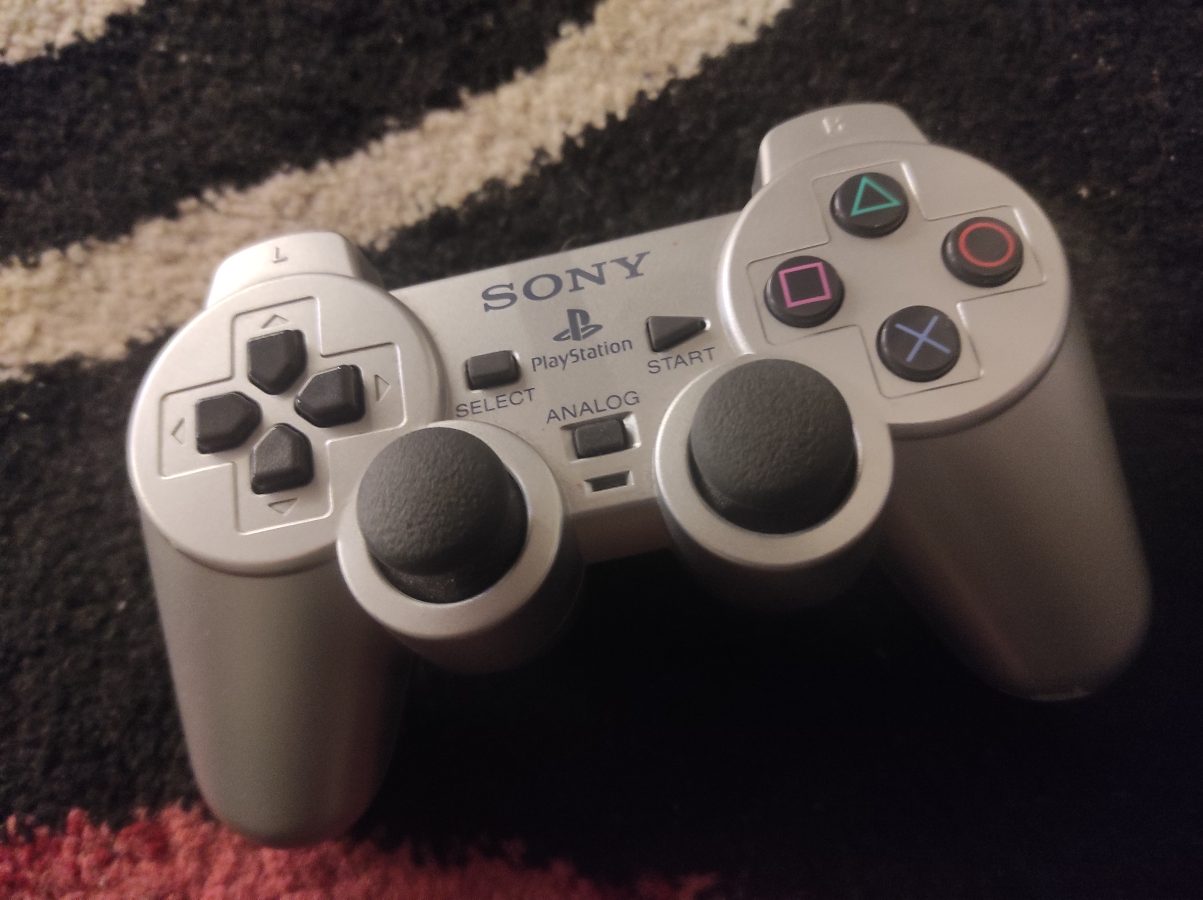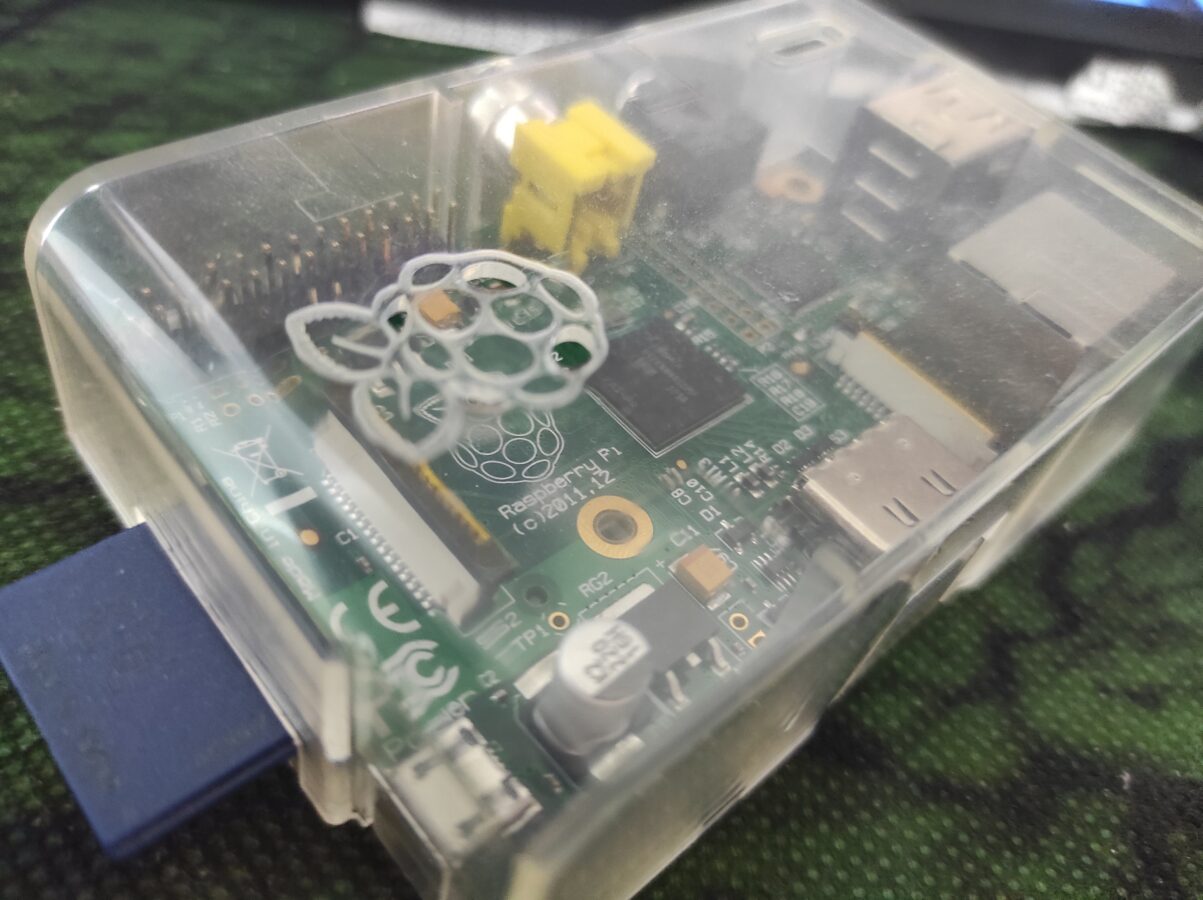As you have probably noticed I have been lately playing lots of PlayStation 2 games. My console is fairly new. What I mean is that I have only owned it for under a year or so. It is now malfunctioning. I am having problems with audio and video being cut off in the middle of playing a game like Need for Speed Prostreet or Tenchu – Wrath of Heaven. They come back after some seconds but what it comes to playing this is very disturbing.
Well what can you expect? This device is old. PS2 was released over 20 years ago. Would you expect some similar device, like computer, to function after this long of a time? Probably not.
This isn’t the first time that I am coming across issues with old hardware. I have had Xbox, Xbox 360 and earlier I had one other PS2 that started to malfunction. It couldn’t read the disc anymore. Dust can be one issue. One issue is that these old parts just aren’t reliable anymore after all this time that has passed.
You can, of course, try to fix the console yourself. This can be tricky. Not everyone is capable of doing this on their own. You can contact your closest electronic repair shop and ask them how much would they charge for the repairment of your console. There is also one more option and it seems to be an interesting one.
I am talking about emulation. You have retro games but you aren’t able to play them since your gaming console is broken. Why not make copies of them for your own use? I think it is reasonable since the console is broken, right? And with games that are on DVD this shouldn’t be an issue. What we know is that PS1 and PS2 games can be ripped to ISO files (files that end in .iso) with proper tools (software).
There are many options available. Some years ago I came across NVIDIA Shield TV. It is a device that makes your regular television a smart device that is basically operating on Android. You can install RetroArch to it. It is this kind of a forntend that you can run retro games on. It combines several emulator together. I found this to be handy with for example PS1 games. You could even hook your PS4 controller to the Shield TV with Bluetooth. You can install RetroArch on several devices. Windows and Linux are also supported along with Raspberry Pi.
You can also use a full Linux operating system on any PC that you can also hook up to any television that has the connectivity required. That is means to transfer video and audio from your dedicated computer to your television. One popular opertating system of this kind is Lakka OS.
Lakka OS boots up to its own user interface. You only need to go through some menus with your controller. This can be any USB controller that you might have. Lakka OS supports several retro gaming platforms including NES, SNES, Mega Drive and so on. The full list can be found from your favorite search engine. I can tell you that this list is long.
What I am most interested about concerning emulation, like using Lakka OS or RetroArch, is playing games of PS1, PS2 and GameCube. I can currently play my NES, SNES, Game Boy, Mega Drive and Master System games with my Retro Trio console and with the assistance of some adapters (Master System->Mega Drive adapter and SNES->Game Boy adapter). I also have a Mega Drive Mini also for playing Mega Drive games. I also play PC games. I also play games on newer systems like Xbox Series X, PS3, PS4 and Nintendo Switch. As you can imagine my setup is huge.
I hope this blog post gave you some ideas concerning playing retro games. The hardware isn’t perfect. It does wear out with time. Software emulation might provide a more stable way for a gamer to enjoy his/her retro games for a long time.



